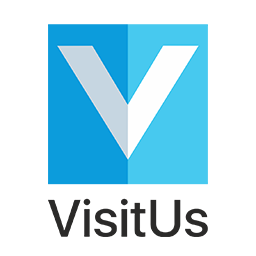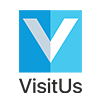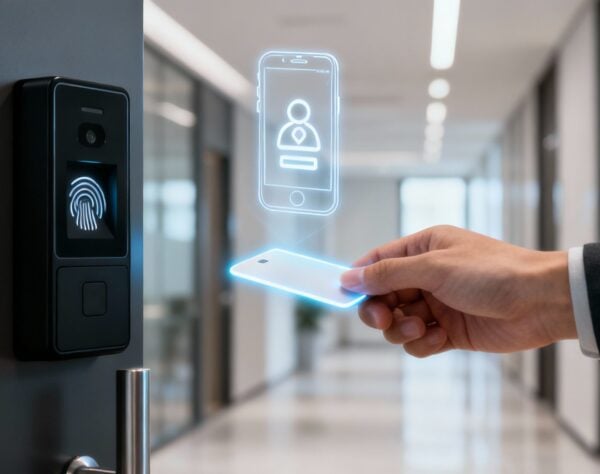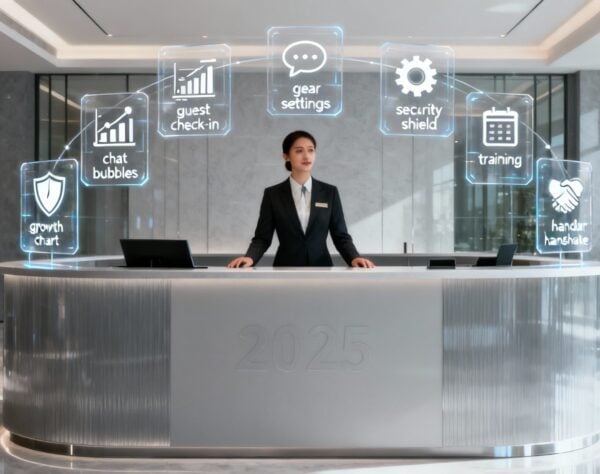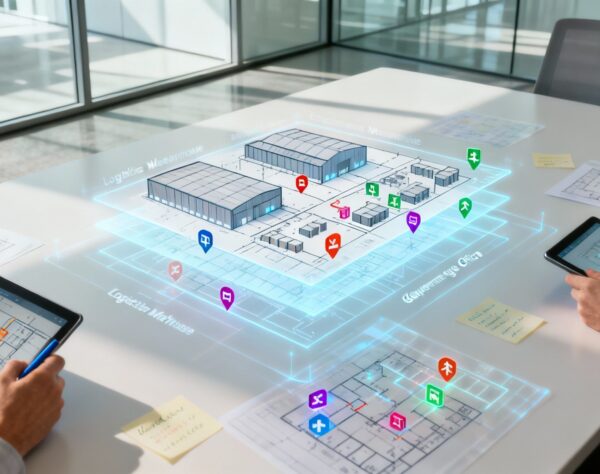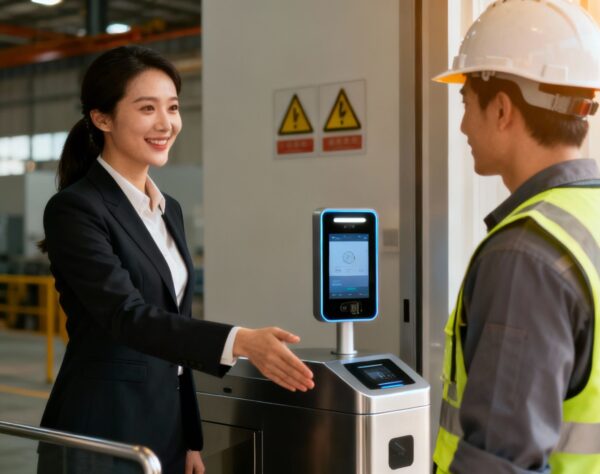Mastering the Art of Meeting in Person
After years of being glued to our screens, businesses are rediscovering a powerful truth: meeting in person builds connections that video calls simply can't replicate. The strategic return to face-to-face interaction isn't about nostalgia; it's about gaining a competitive edge by fostering genuine relationships.
Why Face-to-Face Meetings Are Making a Comeback
While remote work proved its convenience, it also highlighted the limitations of virtual communication. Now, the pendulum is swinging back. Businesses are making a calculated choice to bring people together, recognizing that direct interaction drives better results.
The data confirms this shift. A study by the Global Business Travel Association (GBTA) found that 81% of business travelers believe in-person meetings are crucial for maximizing company success. This isn't just a feeling; it's a strategic move to improve collaboration and strengthen business ties.
Building Trust and Sparking Innovation
One of the greatest benefits of an in-person meeting is building trust. An incredible 93% of communication effectiveness is determined by nonverbal cues. These subtle signals like body language and eye contact are often lost on video, making it difficult to form solid professional bonds.
When people meet face-to-face, conversations flow more freely, leading to spontaneous brainstorming and creative problem-solving. This "unplanned magic" is where true innovation sparks—something a rigid, agenda-driven video call struggles to replicate.
The Business Case for In-Person Interaction
The benefits translate directly to the bottom line. Sales professionals know that a single in-person meeting can accelerate a deal far more effectively than weeks of emails. According to one study, executives claim that 28% of their current business would be lost without in-person meetings. Complex negotiations and sensitive discussions are simply handled better when you are physically present to read the room and resolve misunderstandings instantly.
As companies bring people back together, creating a safe and welcoming environment is paramount. If you're managing this transition, it’s worth checking out guides on safely reopening your office to ensure everyone feels confident.
To manage this return effectively, a visitor management system is no longer a luxury—it's essential for creating a seamless, secure, and impressive experience. By streamlining guest arrivals, you not only enhance security but also make a powerful first impression. Our guide on how to pre-register visitors demonstrates how to create a frictionless journey, which is a cornerstone of any successful modern meeting.
Planning Your Meeting for Maximum Impact
A great meeting in person starts long before anyone enters the room. It’s about more than finding an open calendar slot; it's about creating a strategic blueprint that transforms a simple appointment into an impactful business event. This begins with disciplined, upfront planning.

Think about the last unproductive meeting you attended. It likely suffered from an unclear purpose. Before sending any invitations, define what success looks like. Is the goal a final decision, a creative brainstorm, or project alignment? A crystal-clear objective is the foundation for everything that follows.
Once you know the why, determine the who. Inviting the wrong people—or simply too many—is a classic recipe for a meeting that goes nowhere. Every person in the room should have a clear reason to be there, whether it's to provide specific knowledge, make a key decision, or take ownership of the next steps. This keeps the conversation focused and respects everyone's time.
Creating a Flawless Guest Experience
The planning stage is your best opportunity to craft a seamless experience for external guests. The impression you make doesn't start with a handshake; it begins the moment they accept your invitation. A modern approach eliminates day-of chaos and demonstrates a level of professionalism that gets noticed.
This is where a visitor management system provides a significant benefit. Instead of leaving visitors to navigate an unfamiliar lobby, you can provide a smooth, professional welcome from the start. This delivers several key advantages:
- A Professional Welcome: Guests receive all necessary information and can complete pre-arrival steps on their own time, showing you value their schedule.
- Reduced Wait Times: Handling administrative tasks like signing NDAs digitally beforehand eliminates awkward lobby delays and gets the meeting started on time.
- Peace of Mind for Guests: Automated host notifications ensure guests know their arrival has been noted, so they aren't left wondering if they've been forgotten.
This streamlined process does more than just save time. It fosters an atmosphere of preparedness and respect. It signals to your guests that you are organized and considerate, setting a positive, productive tone before the meeting officially begins.
Aligning Planning with Modern Meeting Trends
Smart planning also means adapting to how people prefer to meet today. The corporate meeting landscape is evolving. Recent data shows that 54% of attendees plan to attend more in-person events than in previous years. Furthermore, 37% of companies expect to hold more small, simple meetings, indicating a clear preference for focused, efficient get-togethers.
The core benefit of a great plan is predictability. By removing logistical unknowns and administrative friction, you empower every participant to focus entirely on the substance of the meeting, not the mechanics of it.
To execute this perfectly, the best meeting plans often involve integrating tools like Google Calendar and Contacts to simplify invitations and logistics. When your scheduling tools and visitor management system work together, the entire process becomes a smooth, automated workflow. This level of integration is the hallmark of a truly modern and impactful approach to any meeting in person.
Balancing Security with a Welcoming Experience
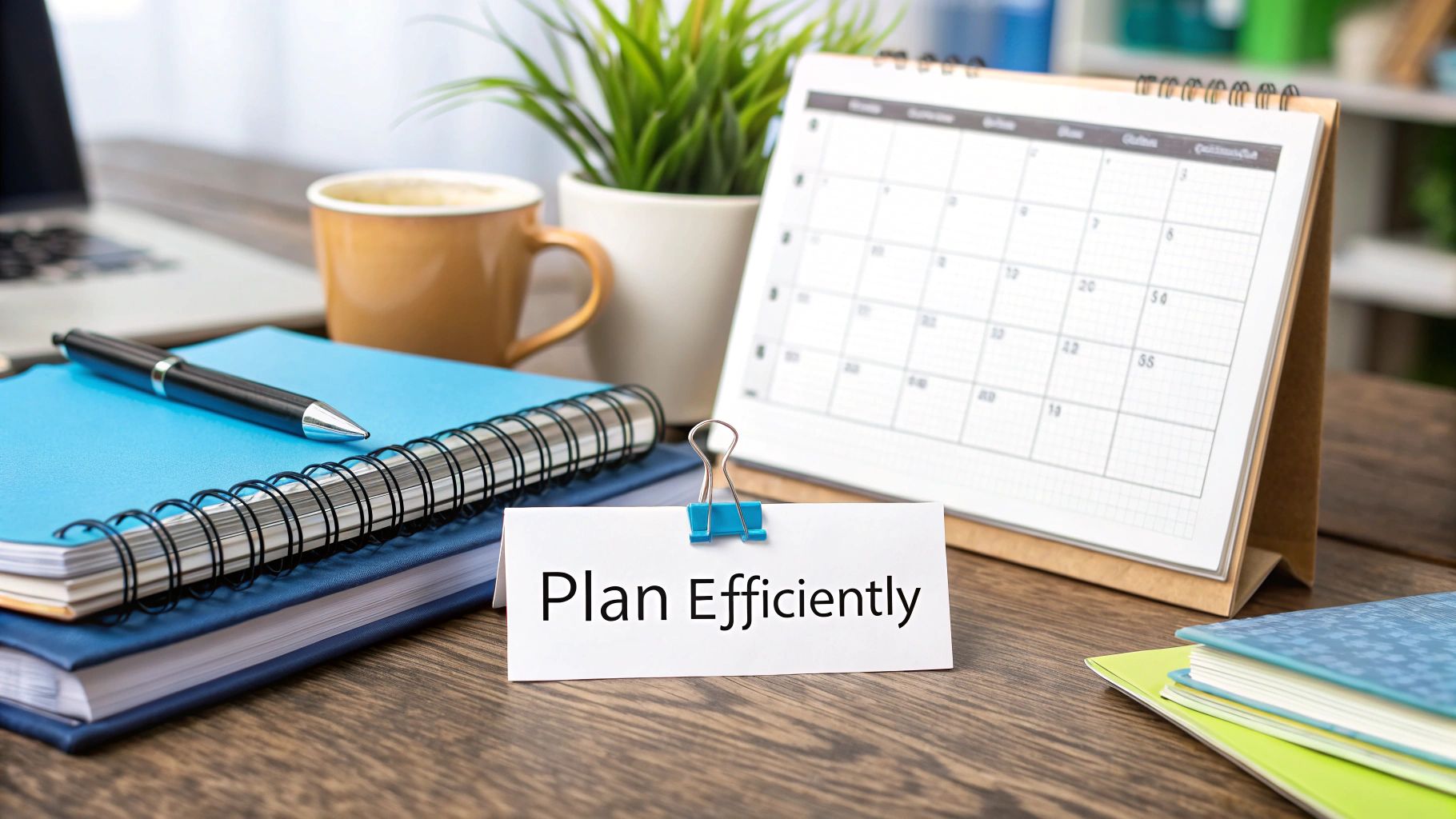
When hosting a meeting in person, striking the right balance between robust security and a warm welcome can be challenging. The traditional image of security—long queues, clipboards, and stern guards—often makes guests feel more like suspects than valued partners. This friction can sour the mood before the meeting even begins.
The goal isn't to build a fortress but to design a check-in that feels less like a checkpoint and more like a modern, self-service concierge. An automated arrival communicates that you were expecting your guests and respect their time, turning a potential security bottleneck into a positive first impression. This simple shift speaks volumes about your company's professionalism.
Modernize Your First Impression
The first five minutes in your reception area can shape a visitor’s entire perception of your company. Outdated paper logbooks are not only inefficient but also pose a security risk with no real-time oversight. A visitor management system transforms this experience by automating the entire arrival process.
Instead of a bottleneck at the front desk, guests are greeted with a simple, intuitive digital interface. Their quick self-check-in frees up your reception staff to provide a human touch—offering coffee, answering questions, and making people feel genuinely welcome instead of just processing paperwork.
This isn't just about efficiency; it's about perception. A company that uses modern check-in tools immediately appears organized and forward-thinking. It’s a subtle detail that reinforces a professional image long after the meeting is over.
This approach offers a dual benefit. Your security is instantly enhanced with a complete digital audit trail of everyone on-site—essential for any emergency or compliance check. Simultaneously, your guests enjoy a smooth, professional welcome that doesn't waste their time. Many businesses are thriving with this model, and you can learn more about finding the right visitor management system in Australia for your office.
From Security Task to Guest Service
When you view your check-in process through the lens of guest service, everything falls into place. A quality visitor management system allows guests to handle administrative tasks—like pre-registration and signing documents—before they even arrive. This ensures the day of the meeting flows more smoothly for everyone.
This streamlined approach delivers key benefits for both security and the visitor experience:
- Boosted Professionalism: A seamless digital check-in demonstrates that your organization is modern, efficient, and respects your visitor's schedule.
- Enhanced On-Site Safety: Knowing exactly who is on-site at all times is non-negotiable for managing evacuations or any other emergency.
- Simplified Compliance: Automated systems make it easy to enforce security policies, capture signed NDAs, and maintain detailed records for any audit.
Ultimately, a modern system lets you secure your facility without sacrificing a welcoming atmosphere. It proves that top-notch security and an exceptional guest experience are not mutually exclusive but are two sides of the same coin, working together to make every meeting in person safe, professional, and productive.
Turning Meeting Time into Productive Time
Every minute spent in an in-person meeting is a direct investment. The hard truth? A lot of that investment is wasted. Employees lose an average of 11.3 hours per week to meetings, and a staggering 65% feel that time is unproductive.
This isn't just a minor annoyance; it's a massive financial drain. For the U.S. economy alone, inefficient meetings cost an estimated $37 billion annually. This represents a huge opportunity for any business willing to rethink its approach.
The solution isn't just a better agenda. It’s a fundamental shift in engagement, starting from the moment a guest arrives. A seamless, professional welcome sets a focused, respectful tone. The meeting starts on time and, more importantly, on purpose. A smooth start eliminates the chaotic first few minutes that often derail even the most carefully planned discussions, allowing everyone to dive straight into the topic.
Before we dive deeper, let's look at what these inefficiencies cost versus what you stand to gain by fixing them.
Meeting Inefficiency Costs vs Productivity Gains
| Meeting Challenge | Annual Cost per Employee | Potential Benefit of Streamlining |
|---|---|---|
| Wasted Time in Unproductive Meetings | ~$5,800 (based on average salary) | Recapture of 11.3 hours/week for focused work |
| Delayed Starts Due to Poor Arrival | ~$950 (10 mins/week) | Meetings start on time, preserving momentum |
| Lack of Clear Follow-Up/Accountability | ~$1,200 (re-work, missed tasks) | Action items are tracked, ensuring project progress |
| Security/Compliance Risks from Poor Records | Varies (potential for high fines/losses) | Auditable attendance logs for safety & compliance |
As you can see, the small friction points in our meeting processes add up to significant costs. By addressing them with better systems, we don't just save money—we unlock substantial productivity gains across the board.
Fostering Genuine Engagement
Real productivity comes from active participation, not just attendance. The key is to encourage interaction, ensuring everyone feels invested in the conversation and its outcome. Simple interactive exercises can do wonders for boosting energy and focus.
The image below shows how different interactive tools perform in keeping participants engaged.
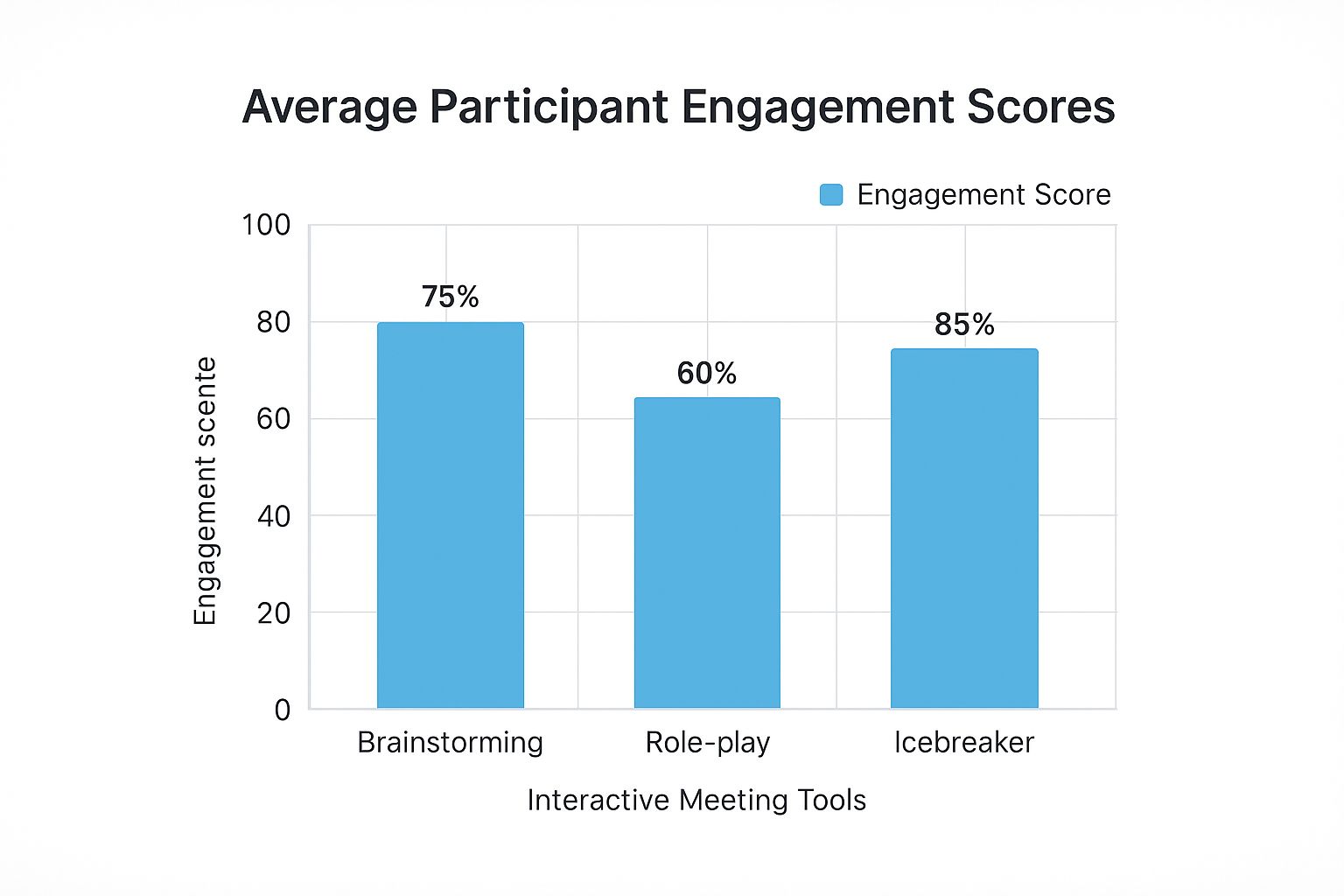
It's interesting to note that simple icebreakers often provide the biggest initial engagement boost. They are a simple yet powerful tool for starting a session on the right foot.
A productive meeting is a guided conversation where contributions are actively sought and valued. The goal is to create an environment where every voice is heard and every idea is explored, leading to better decisions and stronger team alignment.
This active participation ensures that when the meeting ends, the results are a product of collective effort. Of course, this also requires a solid method for capturing those great ideas. To maximize your discussions, implementing effective note-taking methods is absolutely critical.
Guaranteeing Concrete Next Steps
A meeting without clear outcomes is just a chat. Every session must conclude with a shared understanding of what happens next, who is responsible, and when it's due. This clarity is what transforms discussion into action.
Accountability begins with a solid record. Knowing exactly who was in the room is vital not only for follow-up but also as a cornerstone of compliance and workplace safety.
For example, a reliable attendee list is non-negotiable if you ever need to manage evacuations or handle another on-site emergency. A visitor management system provides an automated, auditable record, putting that critical information at your fingertips. It’s a simple tool that powerfully supports both productivity and your fundamental duty of care.
Driving Action After the Meeting Ends
The true test of a great meeting in person isn't how good the conversation was; it’s what gets done afterward. A meeting that fizzles out without a clear action plan is a missed opportunity and a waste of everyone's time.
The final, most critical part of any meeting is turning discussion into measurable progress.
Momentum is fragile. Once people leave the room, their focus is pulled in a dozen different directions. That's why a solid post-meeting workflow is non-negotiable. This isn't about a quick email summary; it’s about building a system of accountability that maintains energy and ensures decisions translate into action.
Maintaining Momentum with Clear Follow-Up
The first step is a clear, concise summary sent within hours of the meeting. It should highlight three things: decisions made, action items assigned, and deadlines agreed upon.
Vague takeaways are the enemy of progress. "Look into new marketing software" is useless. A better action item is, "Sarah to research three visitor management systems and present findings at next week's review." The specificity makes all the difference.
This is where your visitor management system provides a key benefit. By providing a compliant, digital log of every attendee, it creates the perfect foundation for effective follow-up. You have an official record of who was in the room, eliminating any guesswork about who needs to be included.
A meeting without a decision or a clear next step is a failure. The goal isn't just to talk; it's to create a shared commitment to progress. This philosophy turns a passive gathering into an active "review" of work, which is a far more productive approach.
This digital record becomes your single source of truth, simplifying the distribution of summaries and ensuring every participant is kept in the loop. The system's automated check-out also officially closes the engagement, providing a complete, time-stamped record of the entire visit.
Reinforcing Accountability and Compliance
This automated record-keeping delivers another significant benefit: it builds accountability. When everyone knows their attendance is logged and action items are tracked against that record, ownership becomes part of the culture. Showing up starts to mean being ready to contribute and take responsibility.
That complete record—who was there, when, and for how long—is also a golden asset for compliance and audits. It provides an unchangeable log that proves you are following safety protocols and business procedures. Suddenly, a simple meeting in person is transformed into a fully documented, auditable event.
By using a visitor management system to support your post-meeting workflows, you close the loop on the entire guest journey. It’s no longer just about a warm welcome; it's about ensuring every interaction, from start to finish, drives the business forward.
Frequently Asked Questions About In-Person Meetings

Even with the best plan, questions always arise when organizing a meeting in person. Let's tackle some common concerns and show how modern tools can create a smoother, safer experience for everyone.
How Can We Improve Security Without Making Guests Uncomfortable?
This is a classic dilemma. The solution is to reframe security not as an interrogation but as part of a professional welcome. A modern visitor management system achieves this by allowing guests to handle tasks like pre-registration or signing an NDA before they arrive.
Upon arrival, a quick, contactless check-in confirms their identity. This process is fast, professional, and creates a secure digital record without the awkwardness of paper logbooks.
The benefit is top-notch security that feels like a VIP experience. You replace intrusive questions with quiet confidence, showing you’re organized and professional.
This simple shift transforms a potential security hurdle into a positive first impression that sets the perfect tone for the meeting.
What Is the Best Way to Reduce Wasted Time in Meetings?
A solid agenda is essential, but the real time-saver is perfecting the first five minutes. Meetings that start late or with chaotic arrivals rarely get back on track.
A visitor management system eliminates the frantic "is my guest here yet?" dance by allowing guests to check in effortlessly and notifying hosts automatically. This ensures the meeting starts on time with a focused, professional atmosphere.
This benefit allows everyone to jump directly into important topics, making the most of every minute. To see what else to look for, check out our helpful visitor management checklist for 2025.
Is a Visitor Management System Really Necessary for Our Meetings?
If your company values its reputation, efficiency, and workplace safety, then the answer is a resounding yes. The benefits go far beyond simply logging visitors.
A visitor management system streamlines the entire guest journey, creating ripple effects across the business:
- Less Admin Work: It liberates front-desk staff from manual tasks, allowing them to focus on high-value, person-to-person interactions.
- Stronger Compliance: It provides a complete, searchable digital record, making it easy to meet safety and regulatory standards.
- Better Emergency Prep: In an emergency, an instant, accurate headcount is crucial for ensuring everyone is accounted for.
Ultimately, it’s an investment in a professional, organized, and secure environment. This investment pays dividends by making visitors feel valued, helping employees be more productive, and protecting the business from risk.
